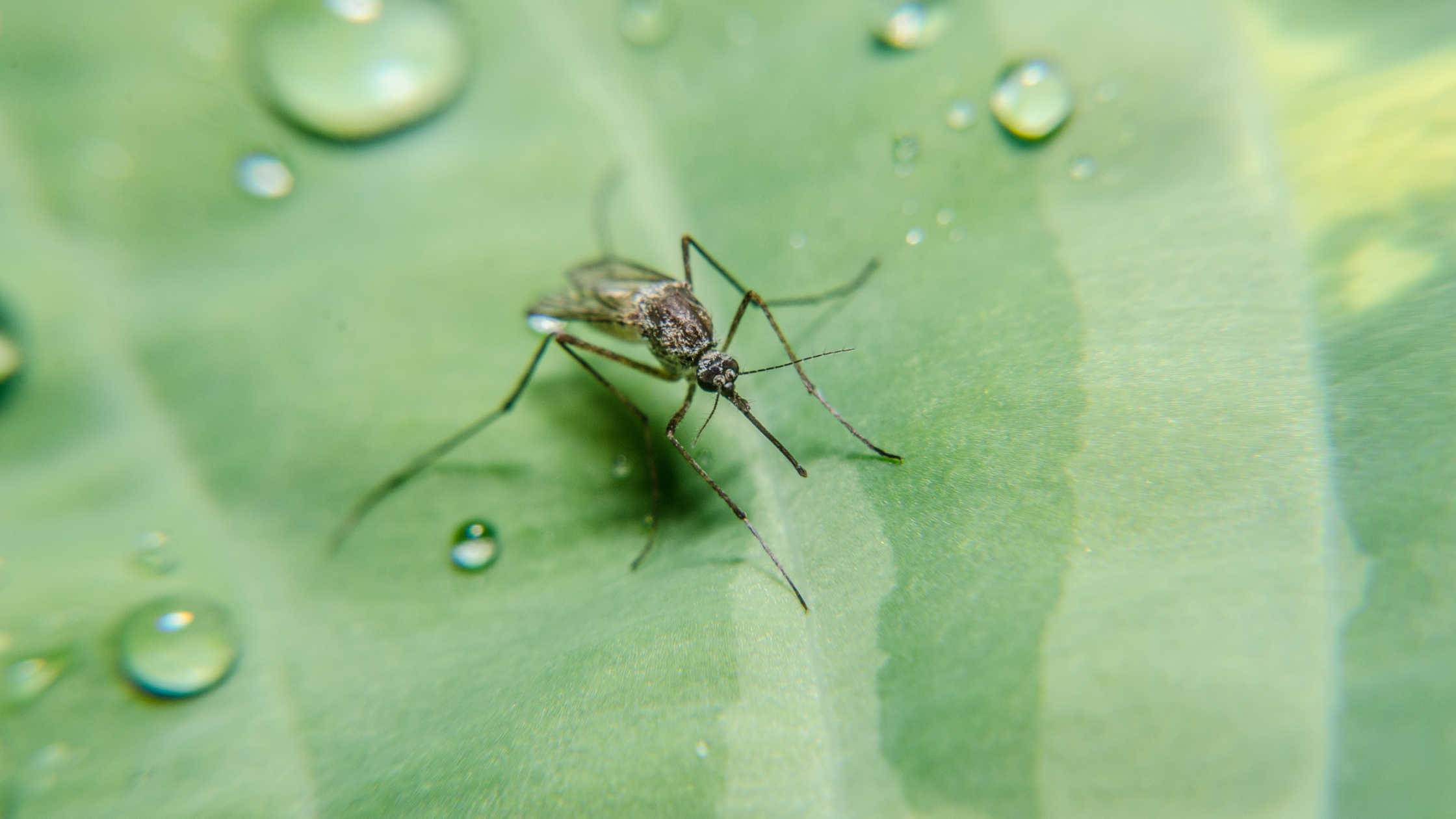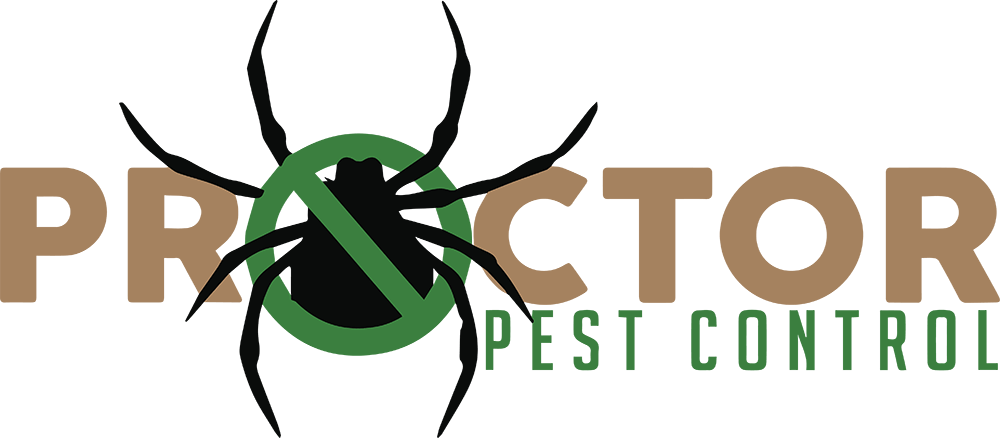
12 Jun Mosquitoes and Standing Water: How to Identify and Eliminate Breeding Sites in Your Yard
As the temperatures rise and summer approaches, so does the buzz of mosquitoes. These pesky insects not only cause irritating bites but also pose health risks by transmitting diseases such as West Nile virus and dengue fever. One of the key factors contributing to mosquito breeding is standing water in our yards. In this blog post, we’ll explore how to identify and eliminate potential breeding sites to reduce mosquito populations and enjoy a mosquito-free summer.
- Understanding the Importance of Standing Water:
Mosquitoes require standing water to lay their eggs and complete their life cycle. Even small amounts of stagnant water can serve as ideal breeding grounds for these insects. It’s crucial to identify and eliminate these breeding sites to disrupt the mosquito life cycle and reduce their population.
- Inspect Your Yard for Potential Breeding Sites:
Regular inspections of your yard are essential in identifying areas where standing water can accumulate. Some common mosquito breeding sites include:
• Clogged gutters and downspouts
• Flower pots and saucers
• Bird baths
• Old tires
• Puddles and low-lying areas
• Pool covers
• Pet water bowls
• Unused containers and buckets
- Eliminate Standing Water:
Once you’ve identified potential breeding sites, take the necessary steps to eliminate standing water. Here are some effective methods:
• Clean clogged gutters and ensure proper drainage.
• Replace water in bird baths at least once a week.
• Remove or cover unused containers, buckets, and tires.
• Fill in low-lying areas or areas prone to pooling water.
• Properly maintain swimming pools and cover them when not in use.
• Store outdoor equipment, such as wheelbarrows and gardening tools, upside down to prevent water accumulation.
• Change water in pet bowls frequently.
• Keep trash cans tightly sealed to prevent water accumulation.
- Use Mosquito Dunks or Larvicides:
For areas where eliminating standing water is not possible, consider using mosquito dunks or larvicides. These products are designed to kill mosquito larvae before they can develop into adult mosquitoes. Follow the instructions carefully and use them in accordance with the manufacturer’s recommendations.
- Maintain Your Yard:
A well-maintained yard can also help reduce mosquito populations. Keep your grass trimmed, bushes pruned, and weeds under control. Mosquitoes are attracted to dense vegetation, so creating a well-ventilated environment can deter them from breeding and resting in your yard.
Preventing mosquito breeding in your yard is essential for reducing the population of these irritating and potentially disease-carrying insects. By regularly inspecting your yard, eliminating standing water, and using appropriate mosquito control measures, you can create a mosquito-free environment and enjoy the outdoors during the summer months. If you’re experiencing persistent mosquito problems, consider reaching out to professional pest control services for additional guidance and treatment options.
At Proctor Pest Control, we specialize in effective mosquito control solutions tailored to your specific needs. Our team of experts can help you identify and eliminate mosquito breeding sites, ensuring a pest-free and enjoyable summer season. Contact us today to schedule a consultation and take the first step towards a mosquito-free yard.



